14 Fictional Couples That Were Toxic from the Start
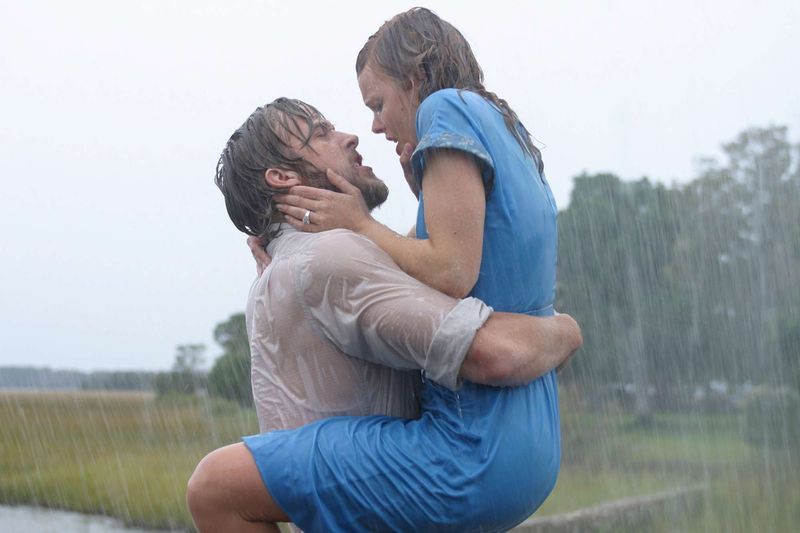
Love stories in movies, books, and TV shows often sweep us off our feet with grand gestures and dramatic moments. But not every romance deserves the happy ending it gets. Some fictional couples display warning signs from their very first interaction—manipulation, obsession, dishonesty, and unhealthy power dynamics that would send anyone running in real life. Let’s explore these relationships that may have seemed romantic on screen but were actually red flags wrapped in pretty packaging.
1. Carrie Bradshaw & Mr. Big
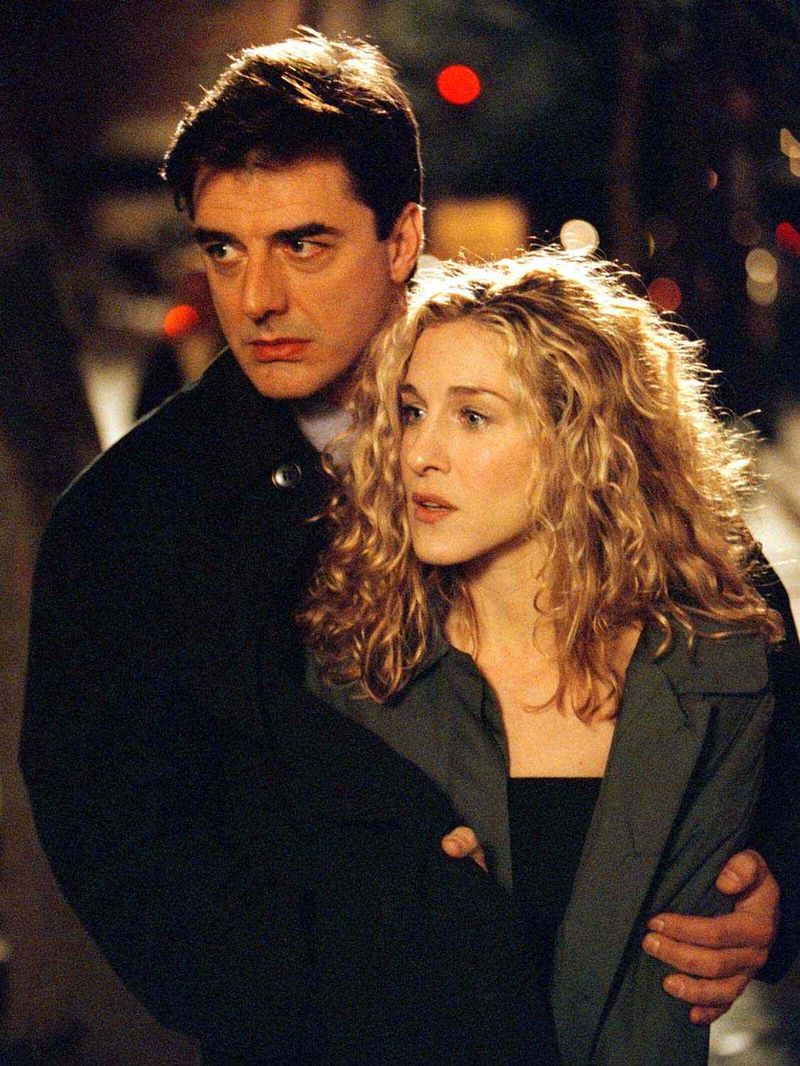
Their entire relationship revolved around Big’s inability to commit while Carrie waited around hoping he’d change. He left her at the altar, broke her heart repeatedly, and always kept her guessing about where she stood. The power imbalance was clear from day one—he had all the control while she sacrificed her needs.
Carrie ignored countless red flags because she was addicted to the chase rather than genuinely happy. Big’s emotional unavailability and her constant anxiety created a cycle of toxicity. Real love shouldn’t require years of uncertainty and heartbreak before someone finally decides you’re worth it.
Their story taught viewers that persistence pays off, but it actually normalized unhealthy relationship patterns that leave one person constantly seeking validation.
2. Ross Geller & Rachel Green
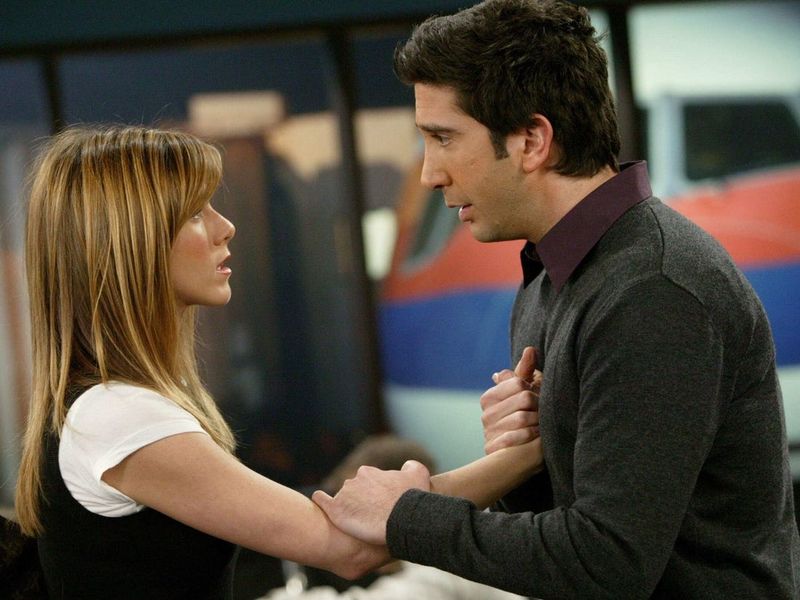
Ross’s jealousy and possessiveness poisoned their relationship before it truly began. He created lists of Rachel’s flaws, invaded her workspace, and threw tantrums whenever she focused on her career. His insecurity manifested as controlling behavior that dismissed her professional ambitions completely.
The infamous “we were on a break” debate highlighted their fundamental communication problems. Rather than having honest conversations, they blamed each other and held grudges for years. Ross’s inability to respect Rachel’s boundaries or support her dreams created constant conflict.
Their on-again, off-again pattern kept them both from moving forward. What seemed like destiny was actually two people too stubborn to let go of an idealized version of each other that never truly existed.
3. Blair Waldorf & Chuck Bass
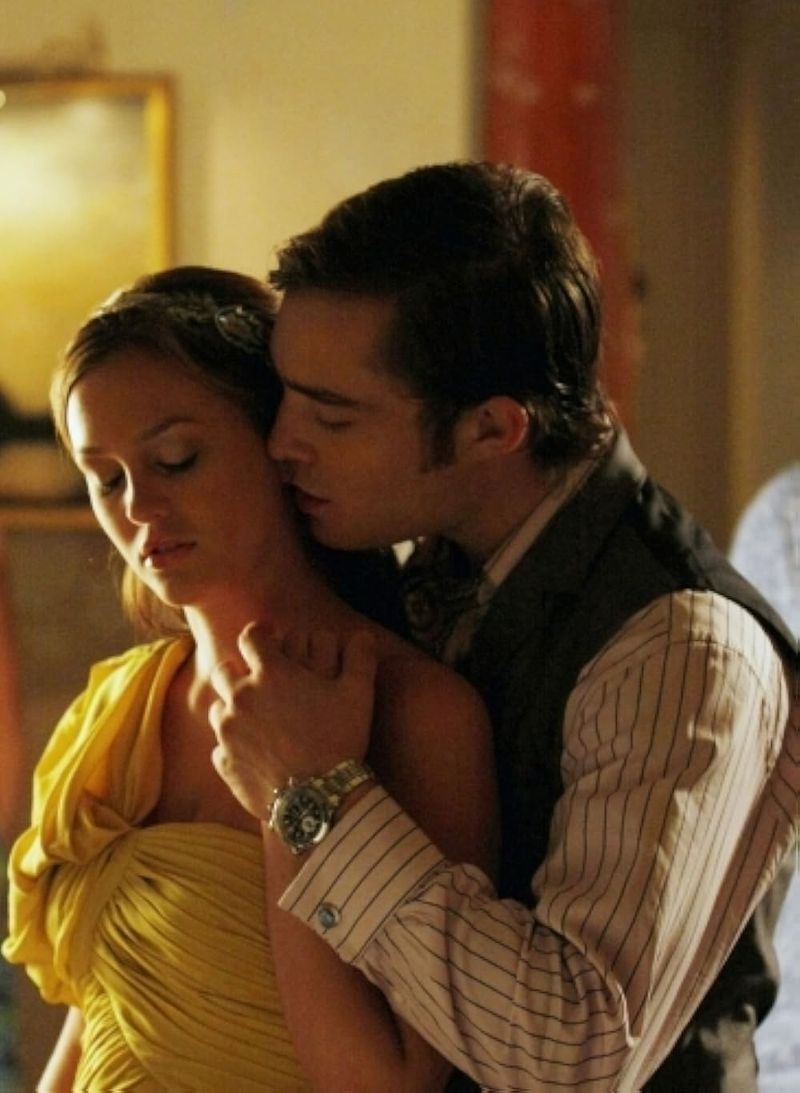
Trading Blair for a hotel? That’s the perfect example of how messed up their relationship was. Their emotional warfare wasn’t love—it was a dangerous game neither of them should’ve played.
From the beginning, Chuck displayed predatory behavior and an inability to respect consent. Blair stayed because she believed she could change him or that their dysfunction somehow proved their love was special. Their relationship normalized the idea that love should hurt.
The show presented their toxicity as sophistication and intensity. Viewers watched two damaged people hurt each other repeatedly while calling it fate, teaching a generation that drama equals passion.
4. Bella Swan & Edward Cullen
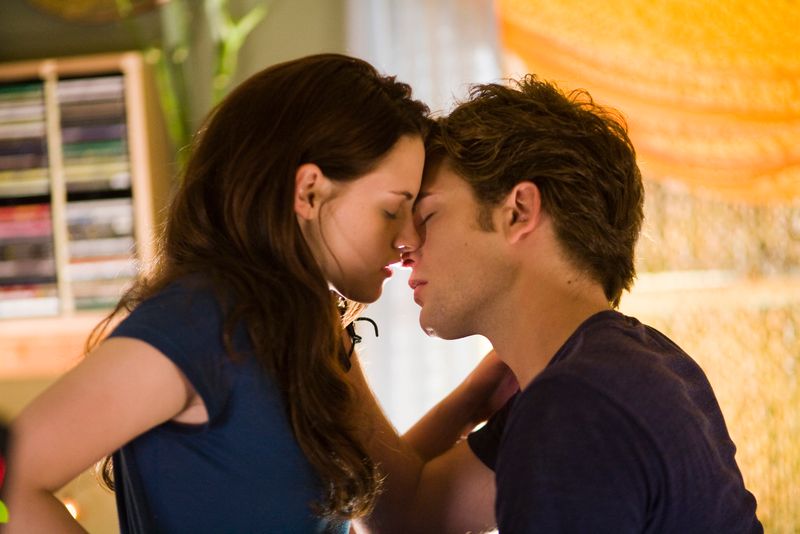
Edward watched Bella sleep without her permission, controlled who she could see, and disabled her truck to prevent her from visiting friends. These aren’t romantic gestures—they’re stalking and abuse. The century-old vampire pursuing a high school student created an inherent power imbalance that made equality impossible.
Bella’s entire identity became wrapped up in Edward’s existence. She attempted suicide-adjacent activities just to hallucinate his voice and willingly isolated herself from everyone who cared about her. Their codependency was extreme and unhealthy from their first conversation.
The relationship taught young readers that obsession equals love and that giving up everything for a partner is romantic. Edward’s possessiveness and Bella’s loss of self created a blueprint for dysfunction.
5. Allie Hamilton & Noah Calhoun
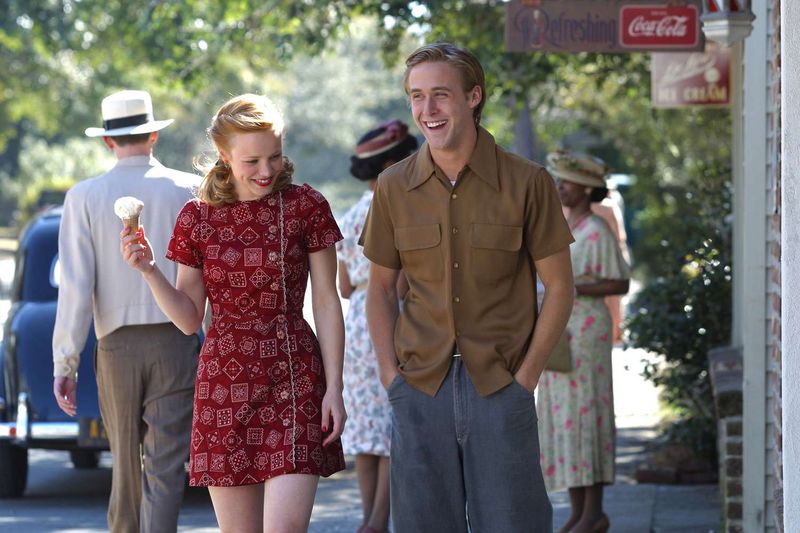
That chilling ultimatum from Noah—suicide if Allie said no—was manipulation disguised as romantic pursuit. It set a pattern of disregarding her boundaries throughout their time together.
Their relationship consisted of intense fights, dramatic breakups, and Allie cheating on her fiancé. The chaos they created wasn’t evidence of true love but rather two people who brought out the worst in each other. Noah’s inability to accept no and Allie’s dishonesty created constant turmoil.
The Notebook convinced audiences that this dysfunction was romantic destiny. Their story glorified emotional manipulation and taught viewers that wearing someone down until they say yes is acceptable behavior in relationships.
6. Aria Montgomery & Ezra Fitz
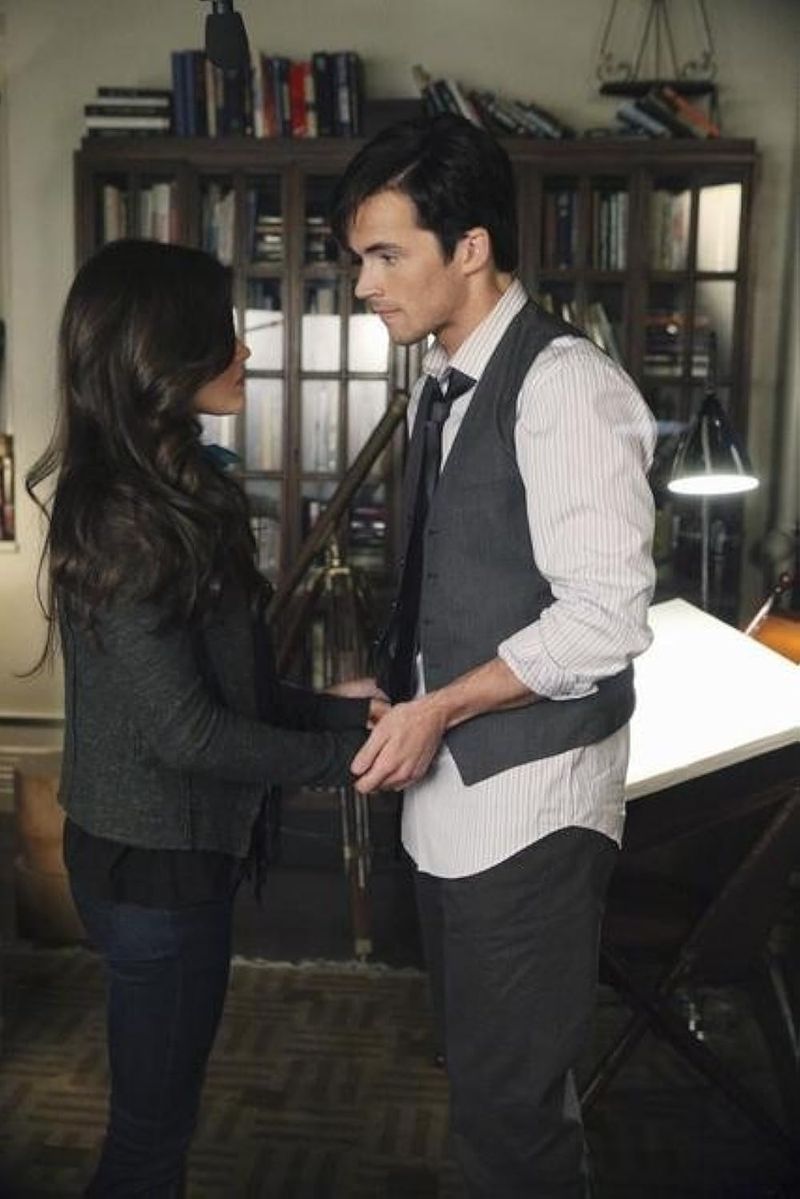
A teacher dating his underage student is predatory, not romantic. Ezra knew exactly who Aria was before they met and pursued her anyway, lying about writing a book about her missing friend. The power dynamic between a high school student and her teacher made consent impossible.
The show presented statutory violation as a forbidden love story worthy of rooting for. Ezra manipulated Aria throughout their relationship, using his age and position to control the narrative. He gaslit her repeatedly while pretending to be the good guy caught in difficult circumstances.
Pretty Little Liars normalized inappropriate relationships between minors and adults in positions of authority. Their relationship wasn’t complicated or star-crossed—it was illegal and exploitative from the very beginning.
7. Joe Goldberg & Love Quinn
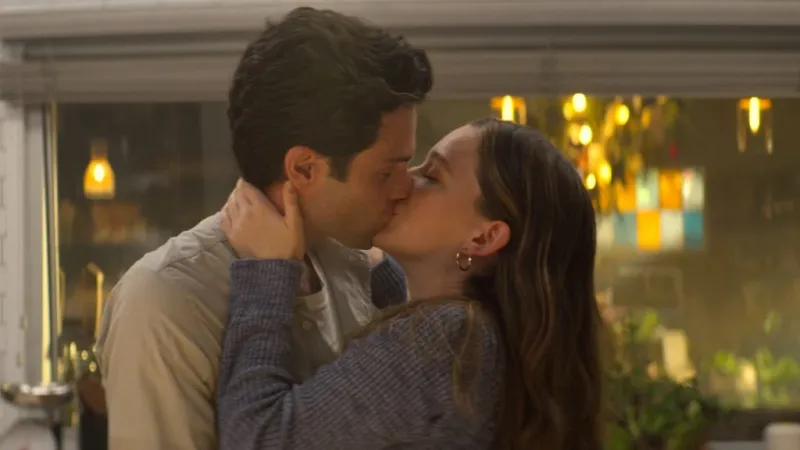
When two murderers fall in love, it’s chaos—not a fairytale. Joe’s control games backfired when Love revealed herself to be just as obsessed and ruthless.
Neither could trust the other because they both knew what the other was capable of. Joe’s disappointment that Love was just like him revealed his hypocrisy and delusion. They brought out the absolute worst in each other, escalating to more violence and destruction.
The show intentionally portrayed their relationship as toxic, but some viewers still romanticized their connection. Their story serves as a cautionary tale about what happens when two toxic people enable each other’s worst behaviors.
8. Daisy Buchanan & Jay Gatsby
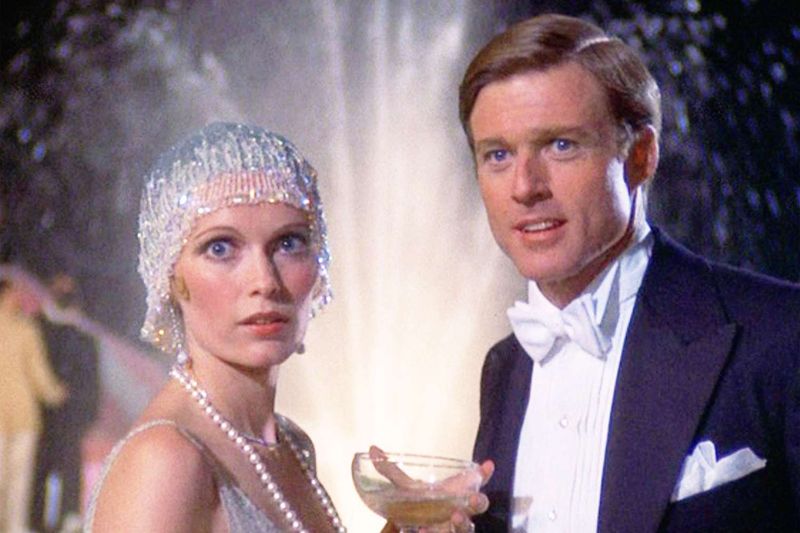
Gatsby built his entire life around an idealized version of Daisy that never existed. He accumulated wealth through criminal activity just to impress her, refusing to see her as a real person with flaws. His obsession wasn’t love—it was an unhealthy fixation on recapturing the past.
Daisy used Gatsby’s devotion without any intention of leaving her husband. She let him take the blame for killing Myrtle and abandoned him when things got complicated. Their relationship was built on fantasy, class differences, and mutual selfishness that destroyed everyone around them.
Fitzgerald wrote their story as a critique of the American Dream, showing how obsession and materialism corrupt genuine connection. Gatsby died for a woman who didn’t truly love him back.
9. Penny & Leonard Hofstadter
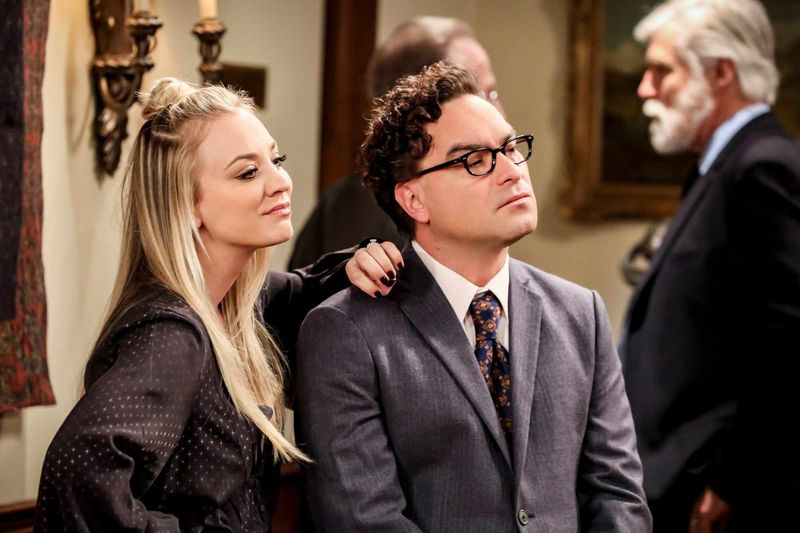
After years of unrequited feelings, Leonard finally got Penny—but she belittled his interests and made him feel small. Their bond was less about love and more about Leonard’s self-doubt and Penny settling for comfort.
Penny admitted she said yes to his proposal out of fear of losing him, not genuine desire to marry him. Leonard constantly sought her approval while she seemed embarrassed by him. Their dynamic showed one person constantly trying to prove themselves worthy while the other held all the power.
The Big Bang Theory presented this as a nerd finally getting the girl, but it actually depicted an unbalanced relationship where neither truly respected the other as equals.
10. Buffy Summers & Spike
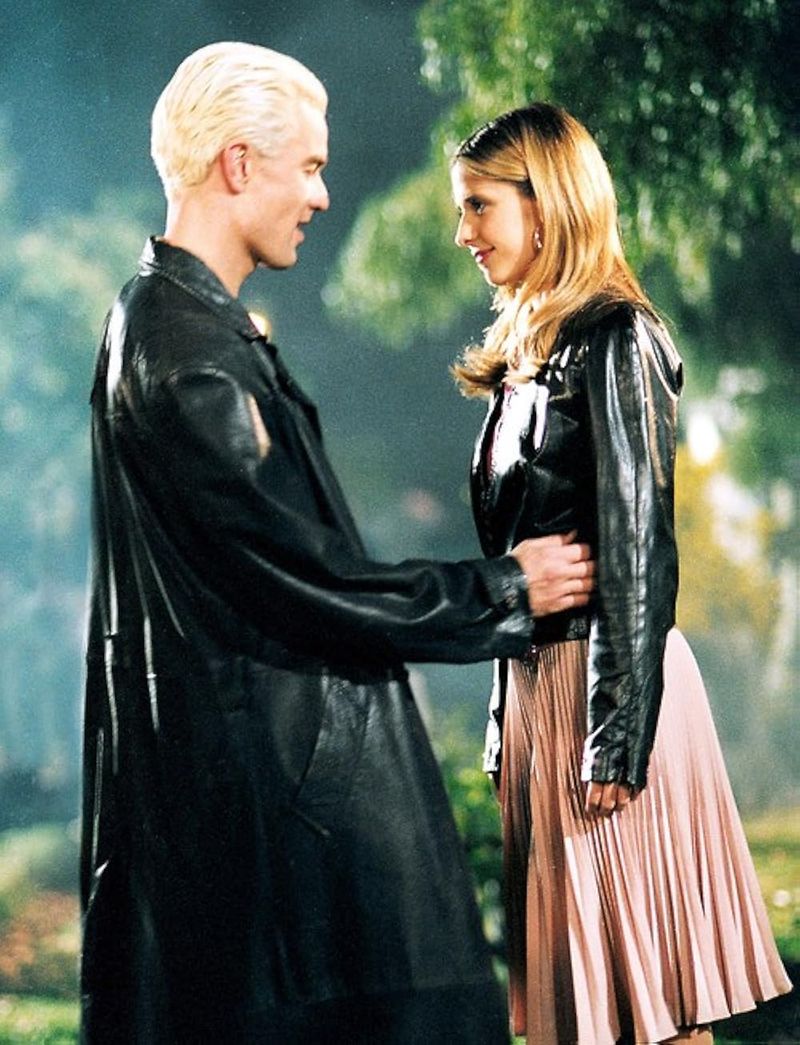
Buffy used Spike for physical comfort while emotionally abusing him because she felt disgusted with herself. Spike attempted assault when she tried to end things, proving he never truly respected her autonomy. Their relationship was built on self-hatred, violence, and a complete lack of healthy boundaries.
She kept their relationship secret because she was ashamed, which only increased the toxicity. Spike’s obsession with her started while he was with someone else, and his “love” often manifested as possessiveness. They hurt each other repeatedly in increasingly disturbing ways.
The show explored how trauma and depression can lead to destructive relationship choices. Buffy and Spike’s connection was never meant to be romantic—it was a cautionary tale about using someone to feel something.
11. Daenerys Targaryen & Jon Snow
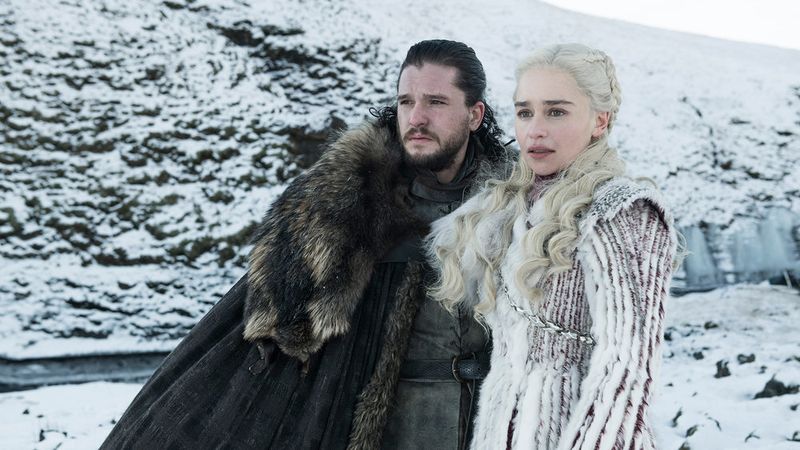
They fell in love without knowing they were aunt and nephew, which became deeply uncomfortable once revealed. Jon bent the knee and abandoned his people’s independence because of their relationship, showing how romance clouded his judgment. Daenerys expected complete loyalty while making increasingly violent decisions he couldn’t support.
Their power struggle ultimately destroyed them both. Daenerys’s descent into tyranny put Jon in an impossible position where he had to choose between love and preventing genocide. The relationship highlighted how passion can blind people to red flags until it’s too late.
Game of Thrones showed that even epic love stories can turn toxic when power imbalances and incompatible values create irreconcilable differences. Their tragic ending proved some relationships are doomed from the start.
12. Rory Gilmore & Logan Huntzberger
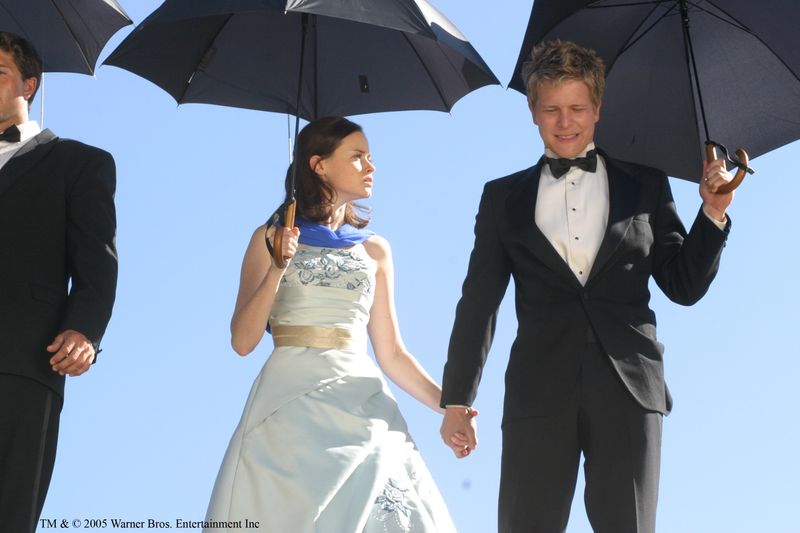
Logan’s wealthy privilege and reckless behavior constantly pulled Rory away from her goals and values. He involved her in criminal activities, encouraged her to drop out of Yale, and expected her to fit into his world without compromise. Their relationship brought out Rory’s worst qualities—entitlement, aimlessness, and poor judgment.
The power imbalance of his family’s wealth and connections created dependency. Logan cheated during their brief breakup and assumed they’d get back together on his terms. He wanted her to follow him around the world without considering her career aspirations.
Gilmore Girls showed how relationships with people from vastly different backgrounds can struggle when one person expects the other to sacrifice everything. Logan’s influence derailed Rory’s carefully planned future.
13. Homer & Marge Simpson
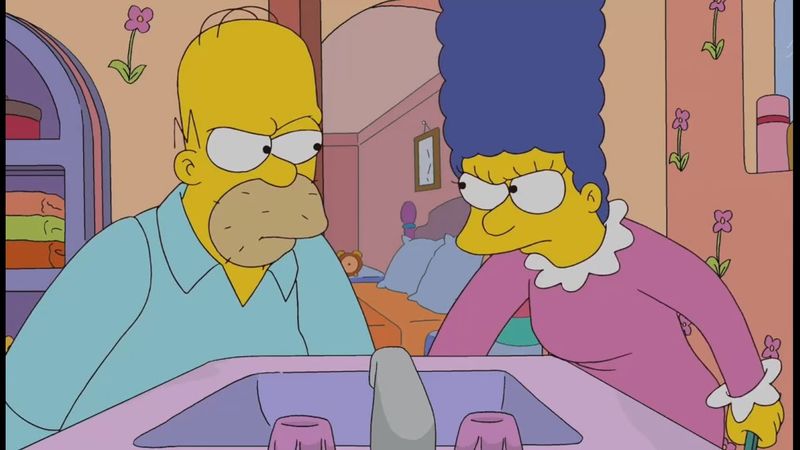
Between forgotten anniversaries and careless acts, Homer’s neglect of Marge runs deep. Their dynamic shows a wife giving everything while her husband repeatedly chooses himself, wrapped in a comedic mask.
Marge has left Homer multiple times, only to return when he makes grand gestures without actual behavioral change. She’s given up her dreams, tolerated his neglect, and raised their children essentially alone. Homer’s incompetence and selfishness create constant stress that Marge absorbs silently.
The Simpsons satirizes American family dysfunction, but it also normalizes emotional labor imbalance and taking partners for granted. Their relationship shows how patterns of neglect become entrenched over decades.
14. Jenny Humphrey & Nate Archibald
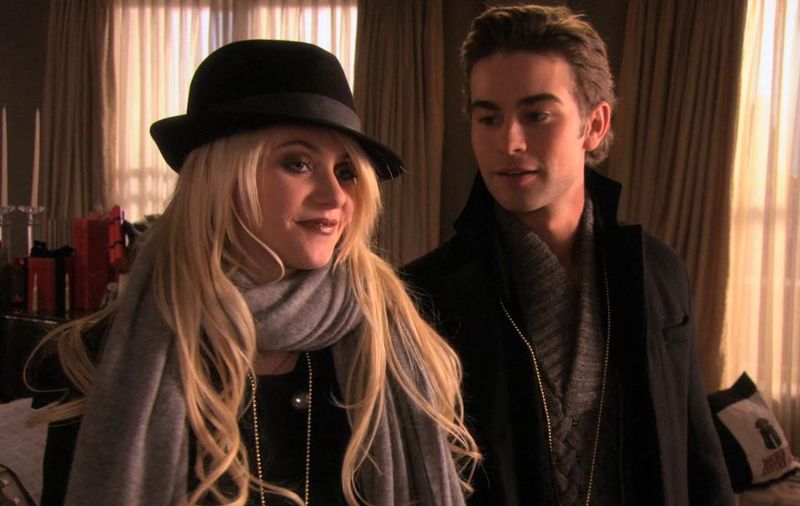
Nate dated his best friend’s little sister, creating weird power dynamics and loyalty conflicts. Jenny was significantly younger and less experienced, making their relationship inherently unbalanced. She changed herself completely to fit into his world, losing her identity in the process.
Their relationship caused rifts between friends and family that never fully healed. Nate treated Jenny as a rebellion against his usual type rather than a genuine partner. She became increasingly manipulative trying to keep him interested, bringing out toxic traits in both of them.
Gossip Girl showed how relationships formed for the wrong reasons quickly become toxic. Jenny and Nate’s connection was built on proximity and attraction rather than compatibility, leading to inevitable disaster and hurt feelings all around.

Comments
Loading…